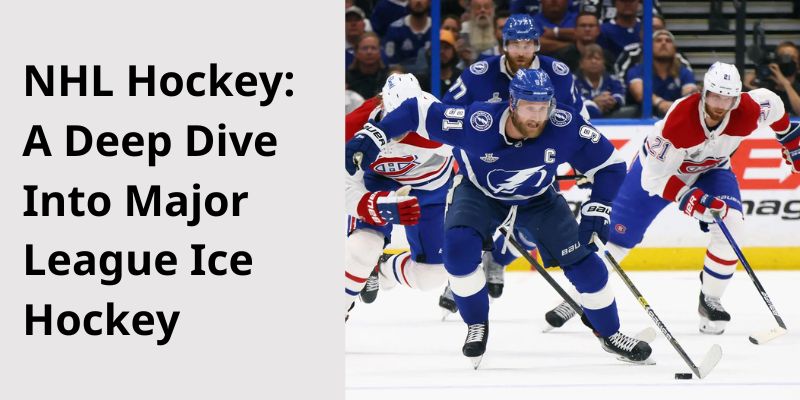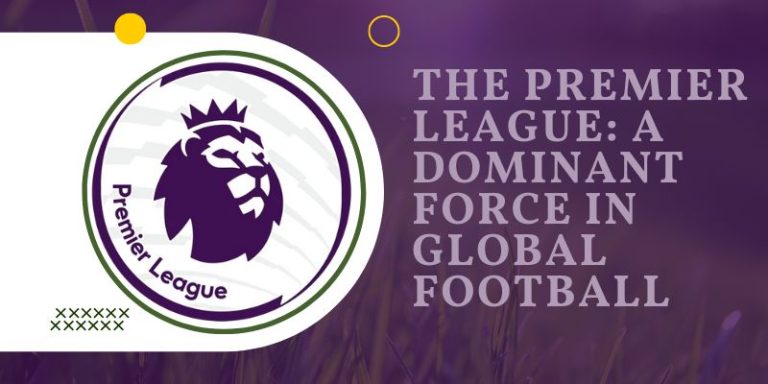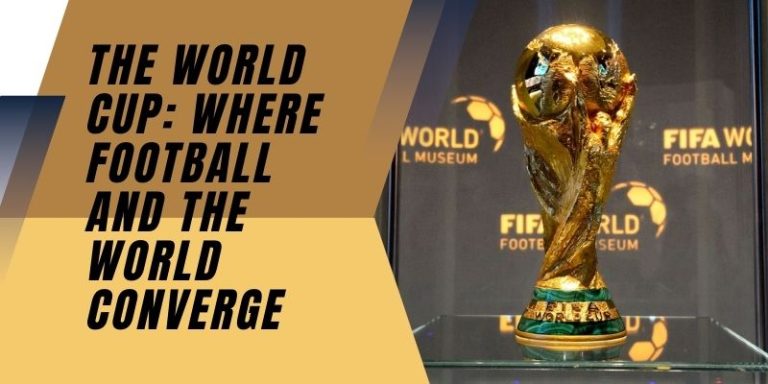The National Hockey League (NHL) stands as the pinnacle of professional ice hockey, capturing the hearts of millions of fans worldwide. As one of the major leagues in North America, the NHL has a rich history, an intense level of competition, and a vibrant community of players and supporters. This article will explore the origins of the NHL, the structure of the league, iconic moments, and the cultural impact of hockey in the sporting world.
The Birth of the NHL
Early History
On November 26, 1917, the NHL was established in Montreal, Quebec, Canada. It emerged as a successor to the National Hockey Association (NHA), which had been in operation since 1909. The founding members included teams like the Montreal Canadiens, Montreal Wanderers, Ottawa Senators, and Toronto Arenas.
The league initially faced numerous challenges, including financial difficulties and the impact of World War I. However, it gradually grew in popularity and stability, paving the way for the expansion of teams and the establishment of the NHL as a premier ice hockey league.
Expansion and Growth
The NHL expanded significantly during the mid-20th century. The “Original Six” era, spanning from 1942 to 1967, featured teams such as the Boston Bruins, Chicago Blackhawks, Detroit Red Wings, Montreal Canadiens, New York Rangers, and Toronto Maple Leafs. These six teams formed the core of the league and created a highly competitive environment that thrilled fans.
In 1967, the NHL doubled in size, adding six new teams: the Los Angeles Kings, Minnesota North Stars, Oakland Seals, Philadelphia Flyers, Pittsburgh Penguins, and St. Louis Blues. This expansion marked the beginning of the NHL’s journey to becoming a truly North American league, with teams spread across both the United States and Canada.
The Structure of the NHL
Divisions and Conferences
Today, the NHL is composed of 32 teams divided into two conferences: the Eastern Conference and the Western Conference. Both conferences are split into two divisions each. The Eastern Conference consists of the Atlantic and Metropolitan divisions, while the Western Conference comprises the Central and Pacific divisions.
Regular Season and Playoffs
The NHL regular season typically spans from October to April, with each team playing 82 games. The top teams from each division, along with wild card teams with the best remaining records, advance to the Stanley Cup Playoffs. The playoffs are a best-of-seven series format, culminating in the Stanley Cup Finals, where the two conference champions compete for the prestigious Stanley Cup.
The Stanley Cup
The Stanley Cup is the oldest professional sports trophy in North America and one of the most coveted prizes in sports. Donated by Lord Stanley of Preston, the Governor General of Canada, in 1892, the Cup has become a symbol of hockey excellence. Winning the Stanley Cup is the ultimate goal for every NHL player and team, representing the pinnacle of success in the sport.
Iconic Moments in NHL History
The Miracle on Ice
One of the most memorable moments in NHL history occurred during the 1980 Winter Olympics in Lake Placid, New York. The “Miracle on Ice” saw the underdog United States men’s hockey team, composed mostly of amateur and collegiate players, defeat the heavily favored Soviet Union team. While not directly an NHL event, this victory had a profound impact on the league, inspiring a new generation of hockey players and fans.
Wayne Gretzky’s Record-Breaking Career
Wayne Gretzky, famously known as “The Great One,” is considered by many as the best hockey player in history. During his illustrious career, Gretzky set numerous records, including the most career points, goals, and assists. His incredible skill and dominance on the ice elevated the sport’s popularity and left an indelible mark on the NHL.
The Golden Goal
Another iconic moment in hockey history came during the 2010 Winter Olympics in Vancouver, Canada. Canadian forward Sidney Crosby scored the game-winning goal in overtime against the United States in the gold medal game. Dubbed the “Golden Goal,” this moment solidified Crosby’s legacy and brought immense pride to Canadian hockey fans.
The Cultural Impact of NHL Hockey
Hockey in Canada
Hockey holds a special place in Canadian culture, where it is often considered the national sport. The NHL has played a significant role in shaping Canadian identity, with many of the league’s greatest players hailing from Canada. From backyard rinks to professional arenas, hockey is deeply ingrained in the Canadian way of life.
Rising Popularity in America
While hockey has long been popular in Canada, it has also seen significant growth in the United States. The success of American-born players and the establishment of new teams in non-traditional hockey markets have contributed to the sport’s expanding fan base. Cities like Las Vegas, Nashville, and Tampa Bay have embraced their NHL teams, fostering a strong hockey culture in regions previously unassociated with the sport.
International Influence
The NHL’s influence extends beyond North America, with players from around the world participating in the league. Countries like Sweden, Finland, Russia, and the Czech Republic have produced numerous NHL stars, contributing to the league’s diversity and global appeal. The NHL’s international reach has helped promote hockey as a global sport, inspiring young athletes worldwide to pursue their hockey dreams.
The Future of the NHL
Continued Expansion
The NHL continues to explore opportunities for expansion and growth. Recent additions like the Vegas Golden Knights and Seattle Kraken have demonstrated the league’s commitment to reaching new markets and engaging with a broader audience. As the NHL expands, it will bring the excitement of professional hockey to even more fans across North America and beyond.
Adopting Modern Innovations and Technological Solutions
The NHL is also embracing technology and innovation to enhance the fan experience. From advanced statistics and analytics to immersive virtual reality experiences, the league is leveraging cutting-edge technology to connect with fans in new and exciting ways. These innovations are helping to grow the sport and attract a new generation of hockey enthusiasts.
Enhancing Inclusive and Diverse Practices
Promoting diversity and inclusion is a priority for the NHL. The league is taking steps to ensure that hockey is a sport for everyone, regardless of race, gender, or background. Initiatives like the Hockey is for Everyone program aim to create a more inclusive environment within the sport and encourage participation from underrepresented communities.
Conclusion
The NHL exemplifies the timeless allure of ice hockey. With its rich history, intense competition, and vibrant culture, the league continues to captivate fans and inspire new generations of players. As the NHL looks to the future, it remains committed to expanding its reach, embracing innovation, and promoting diversity within the sport. Whether you’re a lifelong fan or a newcomer to the game, the NHL offers an exciting and dynamic experience that celebrates the best of professional ice hockey.







